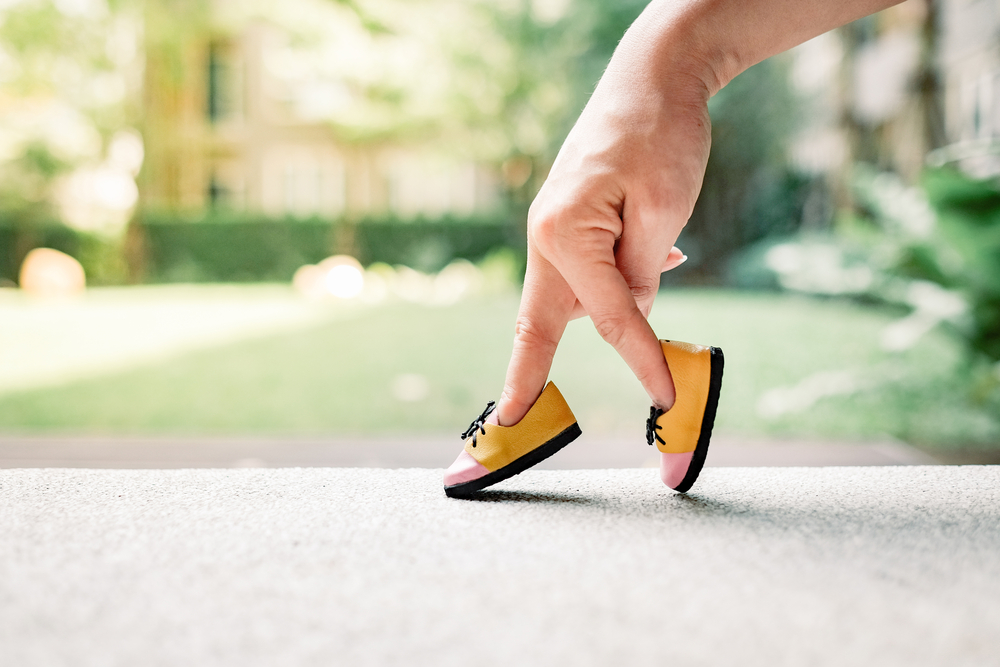Laser Shoes Help Prevent Parkinson’s Patients from Freezing in Place While Walking

Dutch researchers have developed laser shoes to help Parkinson’s patients overcome a brain disconnect that causes them to stop walking when they want to keep going.
Lasers attached to each shoe give patients a visual cue of where they need to go. Without a visual cue, the brain disconnect often leads to patients freezing in place while walking. The freezes, which can last from several seconds to several minutes, increase the chance of a patient falling.
The lasers that the Dutch team added to the tops of shoes project lines on the floor that provide patients with the visual cues they need. The lasers work in sync with each other. One projects a line until the patient takes a step along that line. Then the laser on the other shoe projects a line.
Researchers published a study on the shoes in the journal Neurology. The title of the article is “The laser-shoes – a new ambulatory device to alleviate freezing of gait in Parkinson’s disease.”
A debilitating symptom of Parkinson’s, freezing episodes are also dangerous. Because a patient’s foot remains on the floor while their upper body continues moving forward, it is easy for them to lose their balance and fall.
Dr. Murielle Ferraye and her colleagues at the University of Twente and Raboud University say the shoes reduced wearers’ freezing episodes by 46 percent. And when freezes did occur, the shoes cut the duration of the episodes in half.
Walking problems are most likely to occur when patients fail to take their medication on time. Not surprisingly, the researchers said the shoes provide the biggest benefit in these cases.
Parkinson’s patients can sometimes find visual cues such as street-crossing lines to help them walk. Inside their home, they can use floor tiles as cues. The laser shoes will provide them with cues all the time, indoors or out, the researchers said.
How do the visual clues work? By looking at objects on the floor, patients can activate circuits in their brain that overcome the disconnects that cause the freezing episodes.
“Our tests were administered in a controlled lab setting with and without medication,” Ferraye said in a University of Twente news story.“ Further research in their [patients’] everyday environment is necessary.
“Of the 19 patients who tested the shoes, the majority would be happy to use them,” she said. “The patients did not seem to mind that the laser was activated for each single step. Ideally, the laser should only be activated once the blockage is detected, but we’re not quite there yet. Freezing is a very complex phenomenon.”






